Pegan Diet: Benefits, Food To Eat And Avoid & Recipes To Follow
Combine the popular plant-based vegan diet and lean meat sources from paleo for a holistic meal plan.
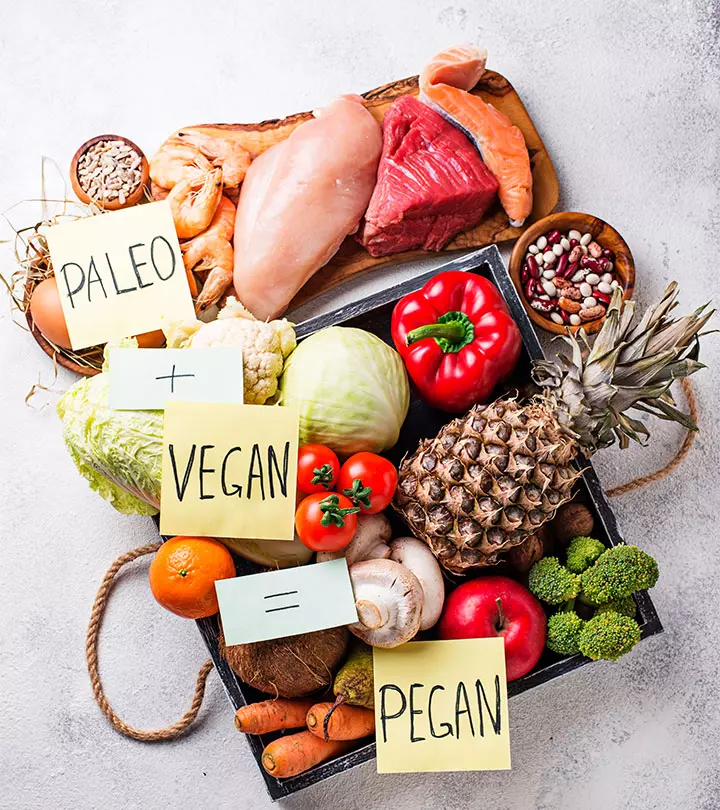
Image: Shutterstock
In the ever-evolving world of diets and nutrition, the pegan diet, a term coined by Mark Hyman, M.D., stands out as an enticing fusion of two popular dietary philosophies: paleo and vegan. While the former includes meat, the other excludes it; but what if we were to take the best of both worlds? Thus, the pegan diet was born. This innovative approach combines the two opposing eating styles, emphasizing eating whole, unprocessed foods while taking ethical and environmental considerations into account. Some followers might think of it as the most balanced diet out there, while some might find it to be another fad diet. So, let’s delve into it to understand what exactly is a pegan diet and how it works.
 At A Glance: Pegan Diet
At A Glance: Pegan Diet- Principle: Encourages the consumption of whole foods, fruits, vegetables, and limited intake of lean protein sources like meat.
- Purpose: To promote overall health and well-being by emphasizing whole, nutrient-dense foods.
- Who It Is For: People who want a balanced diet and to manage their weight
- Duration: Long-term
- Who Should Avoid: Individuals with chronic health conditions, pregnant and nursing women, and children
- Cons: May cause nutritional and vitamin deficiencies
In This Article
What Is The Pegan Diet
The pegan diet is a hybrid diet option that combines aspects of the paleo and vegan diets. It limits or eliminates dairy products, grains, and legumes and includes whole, unprocessed foods, such as vegetables, fruits, nuts, seeds, and healthy fats. It combines paleo’s emphasis on high-quality protein sources, like lean meats and fish, with the vegan dedication to ethical and environmentally friendly food choices. The pegan diet can be a flexible and inclusive option for anyone looking for a more mindful and health-conscious approach to eating, since it attempts to create a balanced and sustainable nutritional framework that supports overall health and well-being.
But on what basis does this diet work? Let’s find out below.
Key Takeaways
- The pegan diet combines the principles of vegan and paleo diet, making it a more flexible diet to follow.
- It emphasizes eating whole foods, plant-based food, healthy fats, and lean proteins.
- Food rich in gluten, sugar, dairy, refined oil, and artificial additives should be strictly avoided.
- Following the pegan diet can help in weight management, blood sugar control, and improve heart health.
- The pegan diet requires a lot of planning and can cause nutritional and vitamin deficiencies.
How Does The Pegan Diet Plan Work
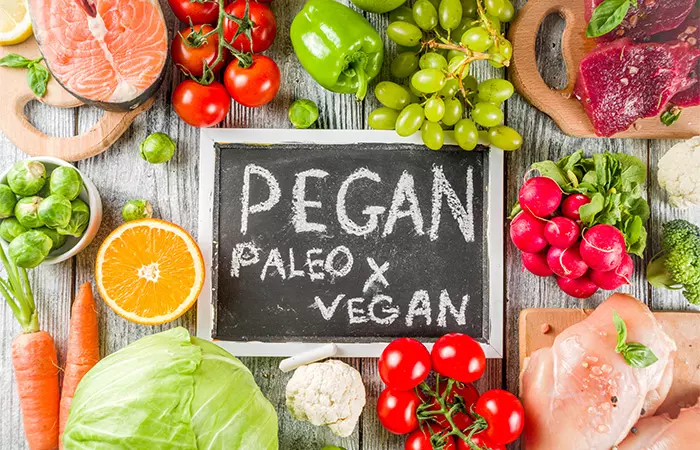
The pegan diet closely resembles a plant-based diet, but with the added inclusion of animal proteins, offering a more varied approach to nutrient intake. The pegan diet combines the principles of paleo and vegan diets, which makes it less restrictive with its own set of unique guidelines. The pegan diet works by:
- Maintaining a principle strategy of consuming 75% plant-based foods and the remaining 25% of animal sources.
- Emphasizing eating whole fruits and vegetables with a moderate amount of meat, fish, legumes, nuts, and seeds.
- Minimizing the consumption of processed foods, refined sugar, grains, oils, and food items with artificial additives.
- Supporting sustainability by choosing locally and organically sourced foods.
These are the key principles behind the pegan diet; to know more about the advantages of this diet, keep reading!
Benefits Of The Pegan Diet
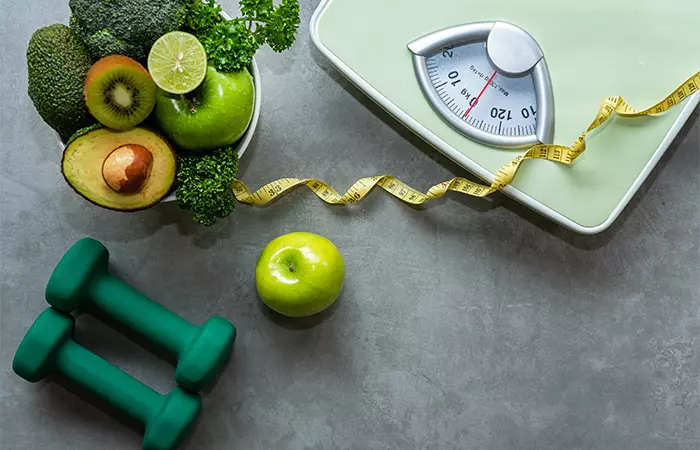
The pegan diet is focused on healthy eating, so it has many potential health benefits; although, there is limited research on it compared to other diets, and individual results of it may vary. Some of the advantages of the pegan diet involve:
- Weight Management: The pegan diet, like other paleo and vegan diets, may help in managing weight. It involves controlled calorie intake and making healthier eating choices, as processed foods are eliminated and whole foods are prioritized. Studies show that higher consumption of fruits and vegetables is related to weight loss and prevents weight gain (1).
- Reduced Inflammation: As the pegan diet encourages the consumption of a range of anti-inflammatory foods, like fruits, vegetables, nuts, and seeds, which are full of fiber, vitamins, and minerals, this can aid in lowering chronic inflammation and oxidative stressi State of excess free radicals in the body due to an imbalance between the production and accumulation of reactive oxygen species. (2), which has been related to a number of illnesses, including autoimmune diseasesi Diseases where the body's immune system mistakenly attacks its own healthy cells and mainly affects the joints. and heart disease.
- Blood Sugar Control: The pegan diet may help regulate blood sugar levels by emphasizing the consumption of low-glycemic fruits and vegetables and eliminating refined sugar, oil, and processed carbohydrates. For those who already have type 2 diabetes, or are at the risk of developing it, this diet can be of good help (3).
- Improved Heart Health: As the diet limits the consumption of trans fats and saturated fats, which are associated with heart diseases, it reduces the risk of cardiovascular diseasesi Group of health conditions that affect blood vessels and the heart, leading to blood clots and a compromised circulatory system. . The diet’s emphasis on increasing the intake of plant-based foods, healthy fats, and lean protein sources keeps your heart healthy and improves overall health (4).
- Improved Digestion: Being full of fiber-rich foods, this pegan diet aids in regular bowel motion and improves digestive health. It also keeps you full for a longer time and helps in appetite control.
- Balanced Macronutrients: The pegan diet aims to strike a balance between the protein and fat emphasis of the paleo diet and the plant-based focus of the vegan diet. This balance may provide a wider range of nutrients and reduce the risk of nutritional deficiencies (5).
The pegan diet has many benefits as discussed, so to learn more about what food to eat and avoid on the pegan diet, scroll down!
What Foods To Eat On The Pegan Diet?

The pegan diet focuses on eating whole food that is rich in proteins and fats and has a lower glycemic load. Here’s a list of all the food items that you can have on a pegan diet:
- Vegetables: Non-starchy vegetables like leafy greens, broccoli, peas, cauliflower, carrots, Brussels sprouts, tomatoes, peppers, cucumber, and zucchini.
- Fruits: Low-glycemic indexi Rating system measuring how quickly each food affects the blood sugar level. Foods high in carbohydrates have a high glycemic index. fruits such as berries, apples, pears, and citrus fruits.
- Nuts And Seeds: Almonds, pistachios, walnuts, and all nuts except peanuts. Also include chia seeds, flaxseeds, and hemp seeds.
- Plant-Based Protein: Tofu, tempeh, legumes like lentils, chickpeas, and black beans.
- Healthy Fats: Avocado oil, olive oil, and coconut oil.
- Lean Animal Proteins: Grass-fed meats like beef, chicken, pork, and eggs.
- Gluten-Free Grains: Buckwheat, brown rice, quinoa, millets, amaranth, and oats.
- Fish: Low-mercury fishes like salmon, anchovies, sardines, herring, and cod.
What Foods To Avoid On The Pegan Diet?
The pegan diet is flexible yet strict in terms of restrictions on what cannot be consumed. Here’s a list of all the food items and ingredients that should be avoided in a pegan diet:
- Gluten: All gluten-containing grains like wheat, barley, rye, and their derived products, such as bread, pasta, cereals, granola, and beer.
- Dairy: Cow’s milk, cheese, butter, and yogurt.
- Processed Foods: Packaged snacks, crackers, and baked goods.
- Refined Oils: Soybean oil, corn oil, sunflower oil, and groundnut oil.
- Sugar: Soda, soft drinks and sweetened beverages, sweets, and anything with high sugar content.
- Artificial Additives: Anything with preservatives, artificial colors, and flavors should be avoided.
 Pro Tips
Pro TipsTo learn some amazing pegan diet recipes and how to plan meals, check out the section below!
Pegan Diet Recipes And Meal Plan
Pegan Diet Recipes
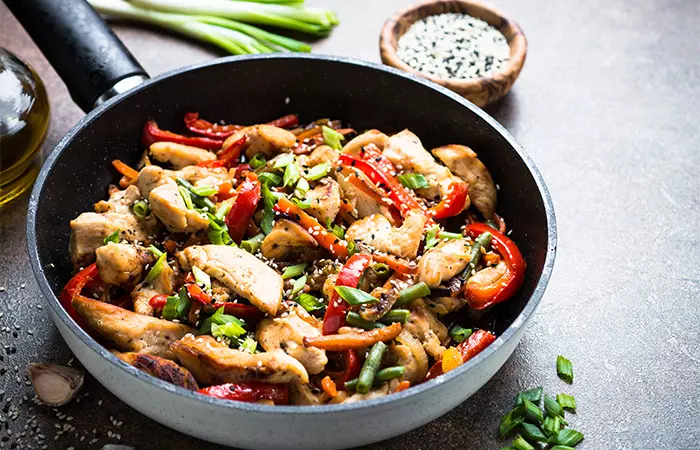
- Veggie Stir-Fry
Ingredients
- 1 cup each of broccoli florets, sliced bell peppers (various colors), sliced carrots, snap peas, and sliced mushrooms
- 1 tablespoon of olive oil
- 2 garlic cloves, minced
- 1 tablespoon of tamari sauce (gluten-free soy sauce)
- 1 teaspoon of grated fresh ginger
How To Prepare
- Heat olive oil in a pan or wok on medium heat.
- Add garlic and ginger, and stir for 1-2 minutes until fragrant.
- Add all the vegetables and stir-fry for about 5-7 minutes or until the raw smell is gone.
- Drizzle some tamari sauce over the vegetables and toss to combine.
2. Quinoa SaladIngredients
- 1 cup of cooked quinoa
- 1 cup each of diced cucumber and cherry tomatoes
- 1/2 cup of diced red onion
- 1/4 cup of chopped fresh parsley
- Juice of 1 lemon
- 2 tablespoons of extra-virgin olive oil
- Salt and pepper to taste
How to Prepare
- In a large bowl, combine the cooked quinoa, diced cucumber, cherry tomatoes, red onion, and parsley.
- In another small bowl, whisk lemon juice and olive oil together to form a dressing.
- Drizzle the dressing mixture over the salad and toss to combine.
- Add salt and pepper according to your taste and enjoy it after chilling it for some time.
3. Berry Protein SmoothieIngredients
- 1 cup of almond milk or coconut milk
- 1/2 cup of all-season berries like blueberries, raspberries, and strawberries
- 1/2 cup of spinach or kale leaves
- 1/2 avocado
- 1 scoop of plant-based protein powder (ensure it’s pegan-compliant)
- 1 tablespoon of chia seeds
- Ice cubes (optional)
How To Prepare
- Place all the ingredients in a blender.
- Blend until well combined and creamy.
- Add ice cubes if you want it colder.
- Pour into a glass and enjoy a chilled protein-packed pegan smoothie.
4. Zucchini Noodles In PestoIngredients
- 2 medium-sized zucchinis, spiralized into noodles
- 1/2 cup of cherry tomatoes, halved
- 1/4 cup of chopped fresh basil leaves
- 2 tablespoons of pine nuts
- 2 tablespoons of extra-virgin olive oil
- 1 clove garlic, minced
- Juice of 1/2 lemon
- Salt and pepper to taste
How To Prepare
- Heat olive oil in a pan over medium heat, add minced garlic, and sauté for 1-2 minutes until fragrant.
- Add prepared zucchini noodles and sauté for 2-3 minutes until they become tender but still stay crispy.
- In a separate bowl, add cherry tomatoes, chopped basil, pine nuts, lemon juice, salt, and pepper.
- Toss in the zucchini noodles with the tomato-basil mixture and enjoy.
Pegan Diet Meal Plan

Day 1
- Breakfast: 1 Omelet with ½ cup of bell pepper, onions, and tomatoes.
- Lunch: Veggie stir-fry with 1 cup of mixed vegetables like bell peppers, tomatoes, onions, and tofu.
- Snack: 1 Sliced apple with cinnamon.
- Dinner: 1 serving of baked salmon with 1 cup roasted Brussels sprouts.
Day 2
- Breakfast: Berry protein smoothie containing 1 cup of mixed berries, ½ cup of spinach, and 1 scoop of plant-based protein powder.
- Lunch: Salad with 2 cups of kale leaves, ½ cup of chickpeas, 1/4 cup of avocado, and 1 cup of spinach.
- Snack: 1 cup of bell pepper with 2 tablespoons of guacamole.
- Dinner: 1 serving of grilled chicken (or mushrooms for a vegan option) with 1 cup of steamed broccoli and 1 cup of cauliflower rice.
Day 3
- Breakfast: Chia seed pudding made with ½ cup of chia seeds,1 cup of almond milk with ½ cup of blueberries, ½ cup of strawberries, and 1 tablespoon of walnuts.
- Lunch: 1 serving of cauliflower rice and stir-fry with 1 cup of mixed veggies, and tofu or tempeh.
- Snack: 1 cup of carrot sticks with 2 tablespoons of almond butter
- Dinner: 1 serving of baked cod with 1 cup of sautéed spinach and 1 cup of quinoa.
Day 4
- Breakfast: Green pegan smoothie containing 1 cup of spinach, ½ cup of avocado, 1 cup of almond milk, and 1 tablespoon chia seeds.
- Lunch: 1 cup of lentil and vegetable stew with salt and pepper.
- Snacks: ½ cup of roasted chickpeas
- Dinner: Stir-fried tofu with 1 cup of asparagus and 1 cup of zucchini noodles.
Day 5
- Breakfast: ½ cup of avocado, a lettuce wrap with tofu, and ½ cup of sliced tomatoes.
- Lunch: 2 cups of mixed greens salad with ½ cup of chickpeas, roasted red pepper, and lemon-olive oil dressing.
- Snack: 2 dates and ¼ cup of nuts
- Dinner: 1 serving of grilled turkey with 1 cup of sautéed kale and 1 cup of sweet potato baked fries.
Day 6
- Breakfast: Breakfast bowl with 1 cup of mixed berries, ½ sliced banana, 1 tablespoon of almond butter, a scoop of plant-based protein powder, and 1 tablespoon of chia seeds.
- Lunch: 1 cup of zucchini noodles with tomato-basil pesto sauce and 3 oz of grilled chicken breast..
- Snack: 1 sliced pear with ¼ cup of walnuts.
- Dinner: Baked chicken thighs with 1 cup of roasted carrots and 1 cup of quinoa.
Day 7
- Breakfast: 2 pancakes made with almond flour and eggs topped with fruits.
- Lunch: 1 cup of chickpea and spicy vegetable curry.
- Snack: 1 kiwi and ¼ cup of nuts
- Dinner: Thai curry with 1 cup of steamed green vegetables and tofu.
 Pro Tip
Pro TipAlthough a pegan diet has many health benefits, there are some disadvantages as well. Check out the section below to be aware of them.
Drawbacks Of The Pegan Diet
The pegan diet also has some disadvantages owing to the strict restrictions on particular food items. These are:
- Requires Complex Planning: Balancing the principles of both paleo and vegan diets can be challenging and may require careful planning of meals, leading to stress.
- May Lead To Nutrient Deficiencies: It is harder to meet certain nutrient needs, such as vitamin B12, minerals, fibers, and proteins, particularly for vegans.
- Quite Costly: Buying organic and sustainably sourced food can be expensive.
- Accessibility Issues: A few food items like plant-based milk can be inaccessible for many people.
- Lack Of Research: The pegan diet is still not as well-studied as some other diets, so long-term health effects are unclear.
Conclusion
The Pegan diet is a unique diet that combines the best of paleo and vegan diets to result in a novel approach to nutrition. It focuses on eating whole, lightly processed foods, which can result in a diet full of vitamins, fiber, and antioxidantsi Compounds in food that neutralize free radicals and inhibit oxidation to help prevent chronic diseases. . This diet has many advantages, as it helps in better blood sugar control, reduces inflammation, and improves weight management and overall health. However, it also has its drawbacks including strict dietary restrictions leading to high costs, and certain vitamin deficiencies. The pegan diet is not a one-size-fits-all diet, and it is tough to follow; hence, individual outcomes may vary. Before starting this diet, it is important to consult a healthcare professional or registered dietitian to ensure that it meets your unique health needs and objectives.
Infographic: 5 Important Health Benefits Of Pegan Diet
Embracing the pegan diet opens you up to a world of potential health benefits. This innovative approach blends the best of both the paleo and vegan diets, emphasizing on sustainable plant-based options and lean protein sources. This diet may help bring about various levels of improvements in your well-being. Check out the infographic below to know more about the health benefits of the pegan diet!

Illustration: StyleCraze Design Team
Frequently Asked Questions
Is coffee allowed on a pegan diet?
Yes, coffee and tea are allowed in moderation on a pegan diet but sugar and dairy milk should not be used.
Is the pegan diet keto?
No, the pegan diet is not a keto diet, although they share similar principles. The former allows the consumption of a higher proportion of carbohydrates as compared to the keto diet.
Can you eat cheese on a pegan diet?
No, cheese is generally not allowed on a pegan diet as it leans towards plant-based products.
Is popcorn allowed on a pegan diet?
Yes, popcorn can be consumed in moderation but it should be prepared using a limited amount of olive oil instead of butter or refined oils.
Can you drink almond milk on the pegan diet?
Yes, almond milk is allowed on a pegan diet as it is plant-based milk that aligns with pegan diet principles. However, homemade almond milk is best as it allows you to control the ingredients.
Are beans part of the pegan diet?
Yes, beans like chickpeas, black beans, and lentils are allowed on a pegan diet as they are good sources of plant-based protein.
What is the difference between the pegan diet and the Mediterranean diet?
The Pegan diet emphasizes more on eating whole gluten-free food, while the Mediterranean diet focuses on whole grains, fish and poultry, wine, and sweets. Furthermore, the pegan diet has a more strict set of dietary principles, while the Mediterranean diet is very traditional and less restrictive.
Is the pegan diet suitable for vegetarians or vegans?
Yes, the pegan diet is suitable for vegetarians and vegans, although it emphasizes meat consumption. You can modify the diet by including only plant-based ingredients and protein substitute sources.
Illustration: Pegan Diet: How Does It Work Benefits & What Can You Eat
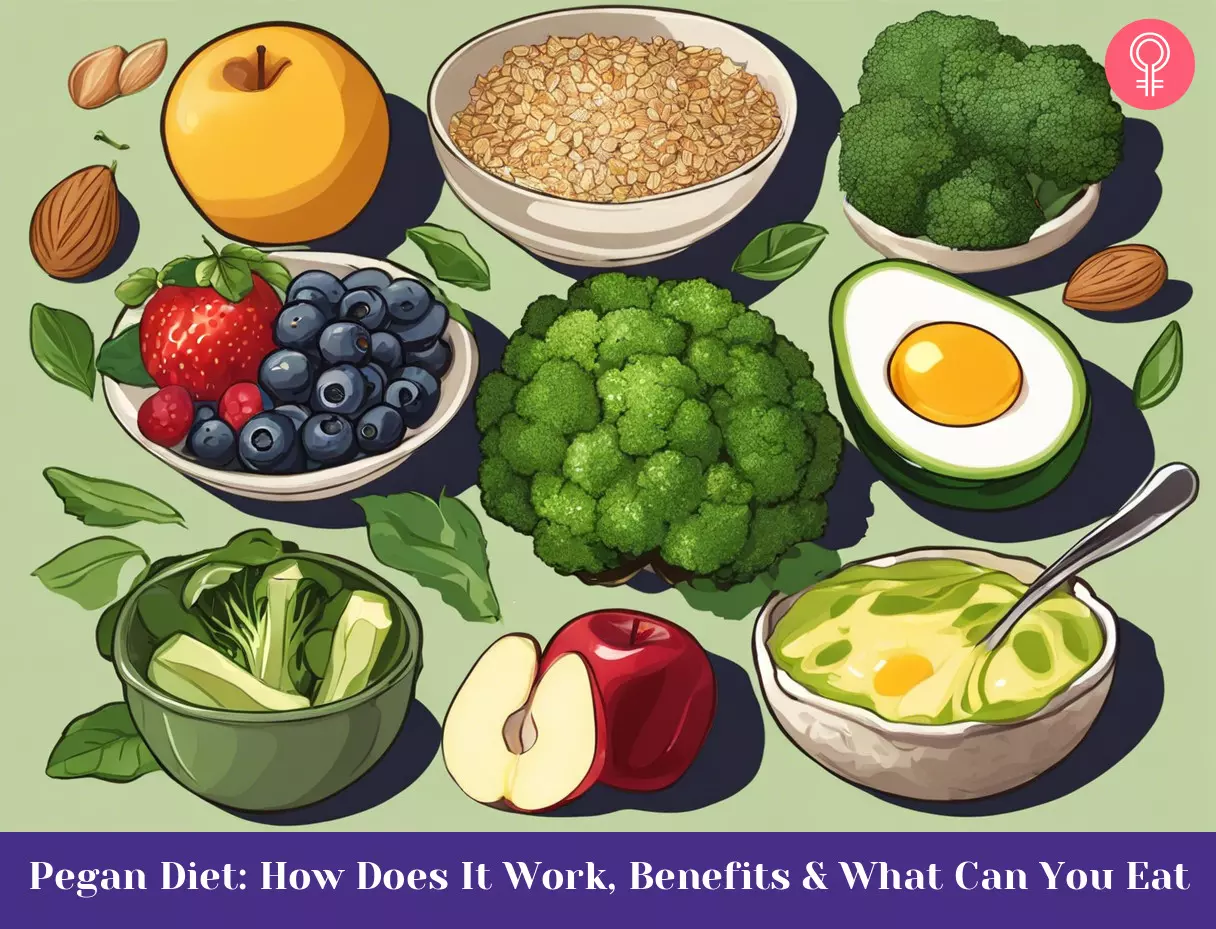
Image: Stable Diffusion/StyleCraze Design Team
Discover the fusion of vegan and paleo diets by following this pegan diet. Learn about the health benefits of the pegan diet, as well as the foods to eat and avoid by watching this video, and embrace balanced nutrition.
References
Articles on StyleCraze are backed by verified information from peer-reviewed and academic research papers, reputed organizations, research institutions, and medical associations to ensure accuracy and relevance. Read our editorial policy to learn more.
- Fruit and vegetable consumption in overweight or obese Individuals: A meta-analysis
https://pubmed.ncbi.nlm.nih.gov/31256714/ - Fruit and vegetable consumption and its relation to markers of inflammation and oxidative stress in adolescents
https://www.ncbi.nlm.nih.gov/pmc/articles/PMC2676354/ - Higher intake of fruits vegetables or their fiber reduces the risk of type 2 diabetes: A meta‐analysis
https://www.ncbi.nlm.nih.gov/pmc/articles/PMC4718092/ - Diets rich in fruits and vegetables are associated with lower cardiovascular disease risk in adolescents
https://www.ncbi.nlm.nih.gov/pmc/articles/PMC5852712/ - Why the pegan diet makes sense
https://www.ncbi.nlm.nih.gov/pmc/articles/PMC8325496/
Read full bio of Mary Sabat
Read full bio of Moksha Gandhi
Read full bio of Arshiya Syeda
Read full bio of Himanshi Mahajan








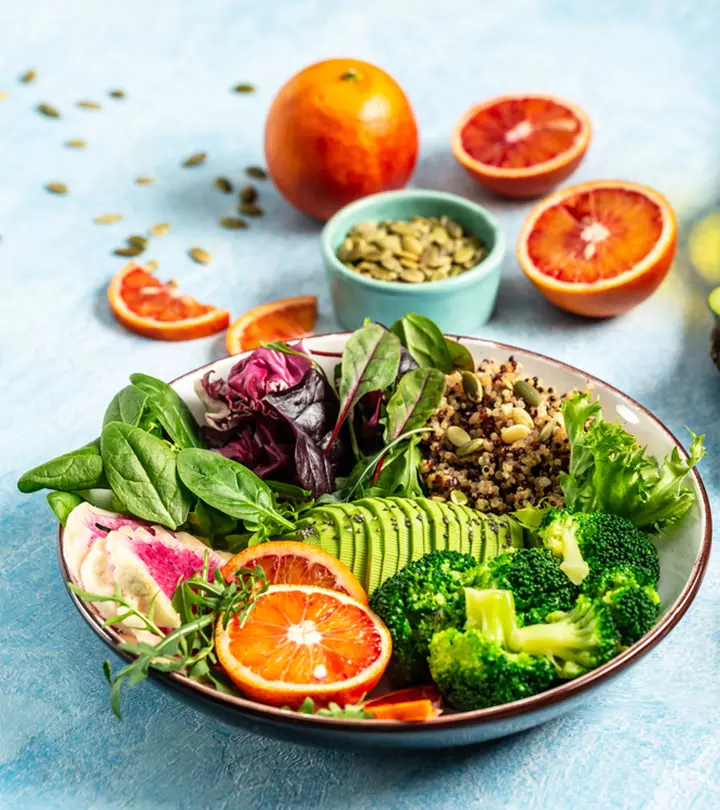
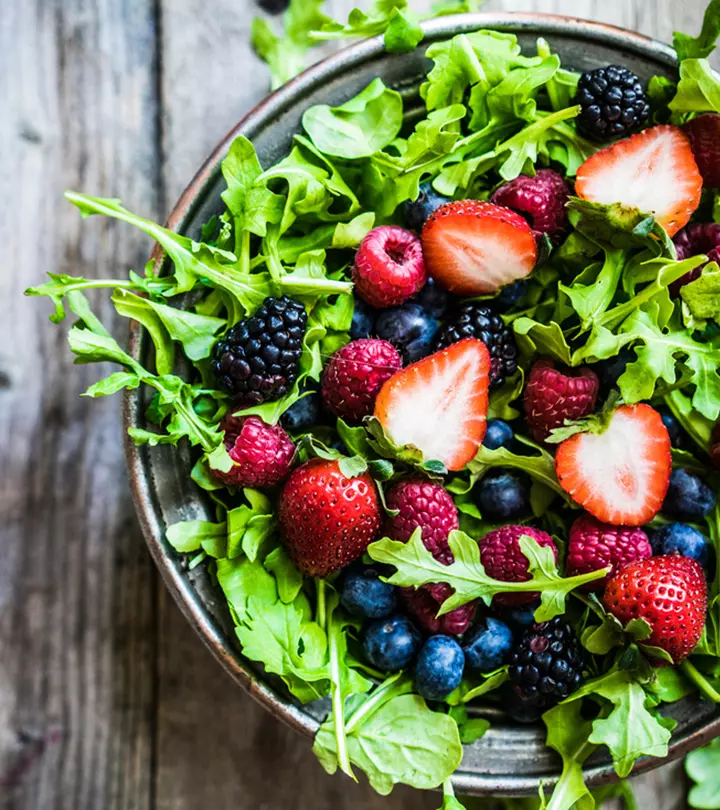
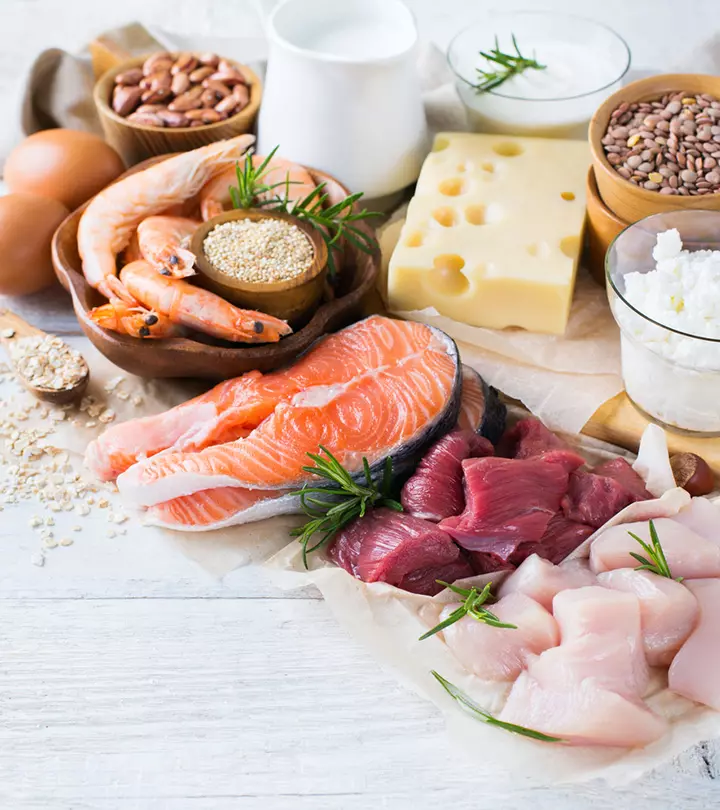
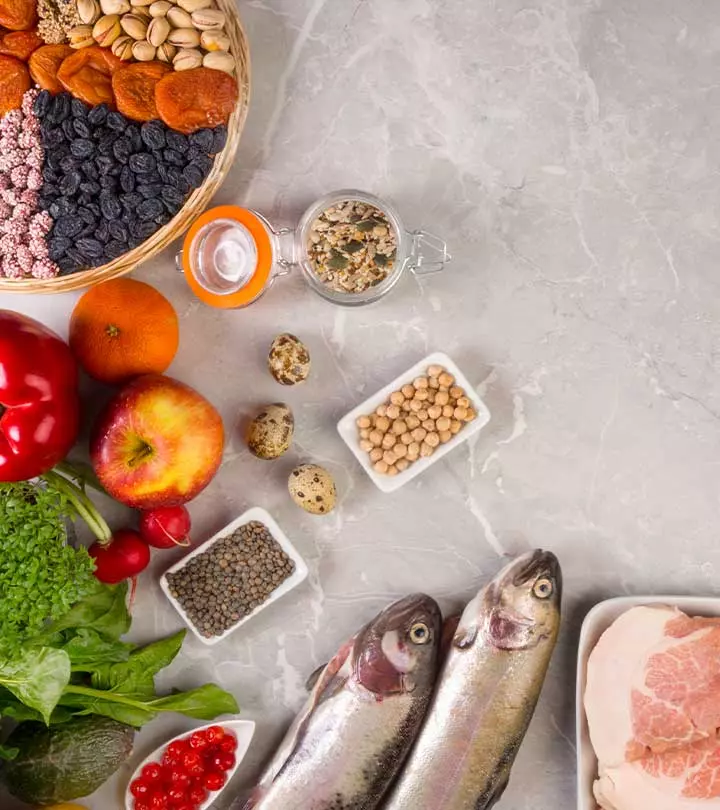
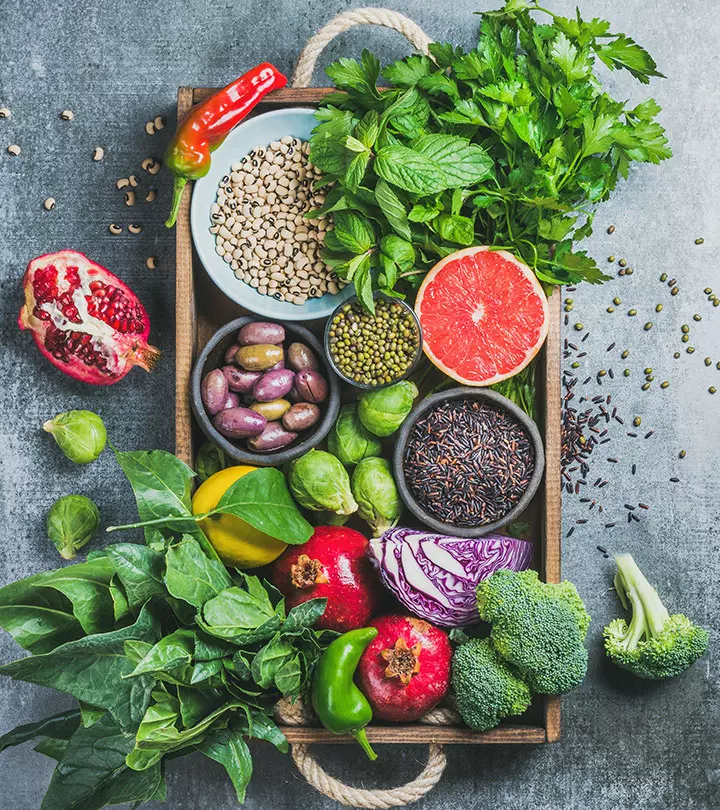
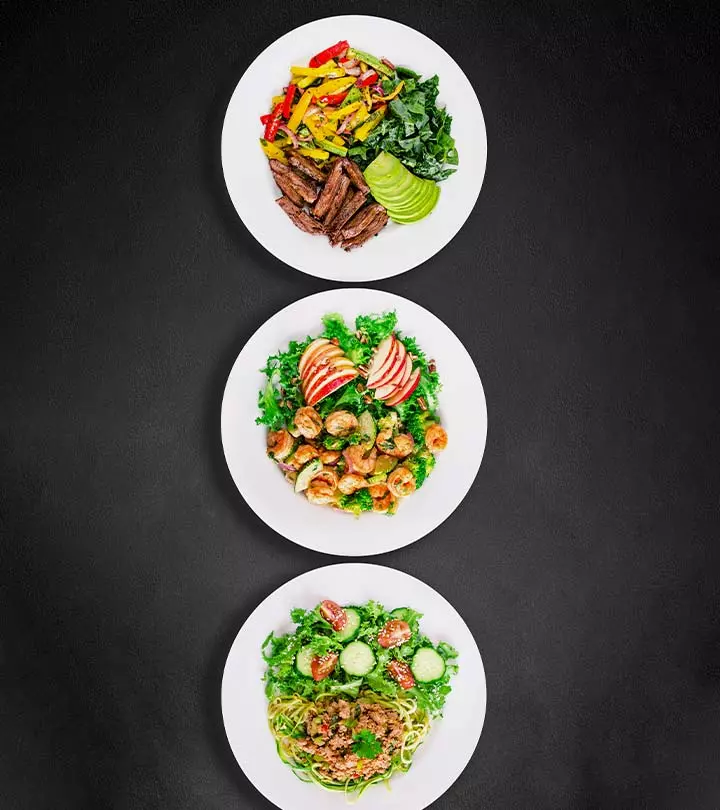
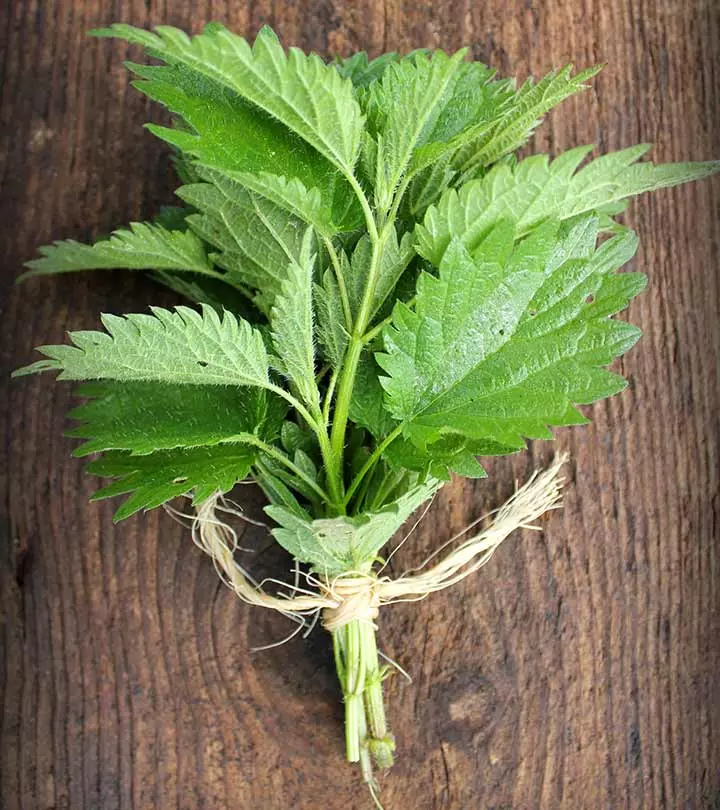
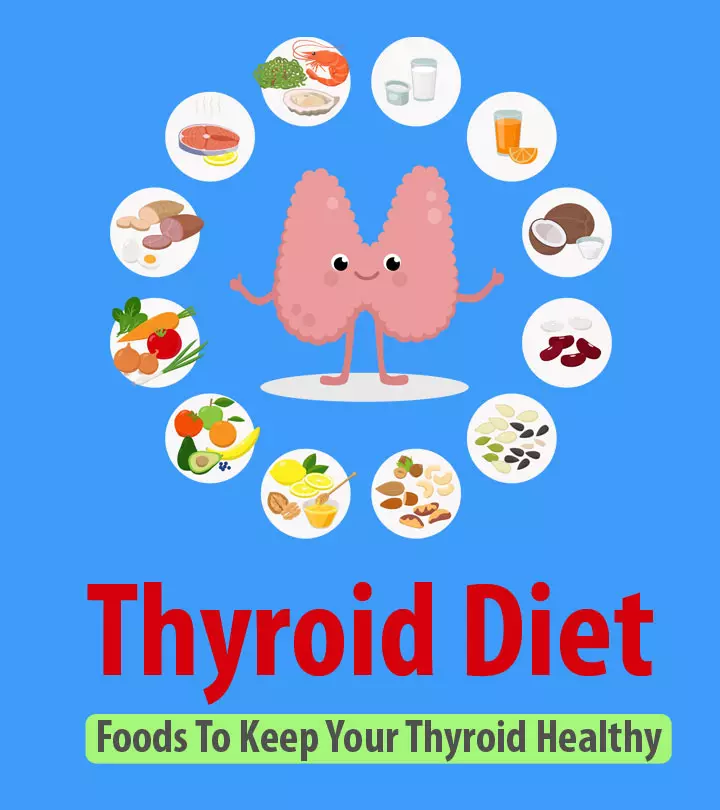
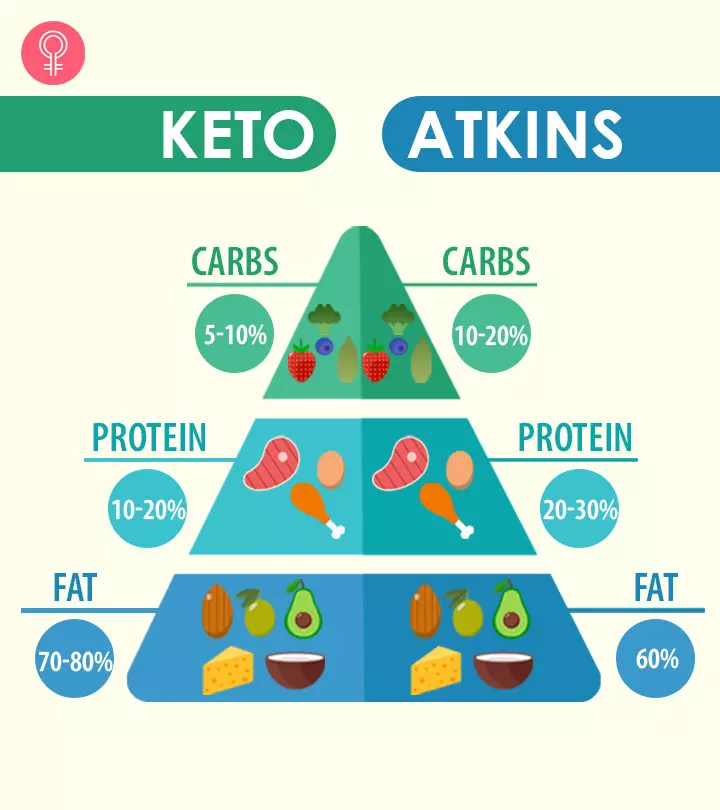

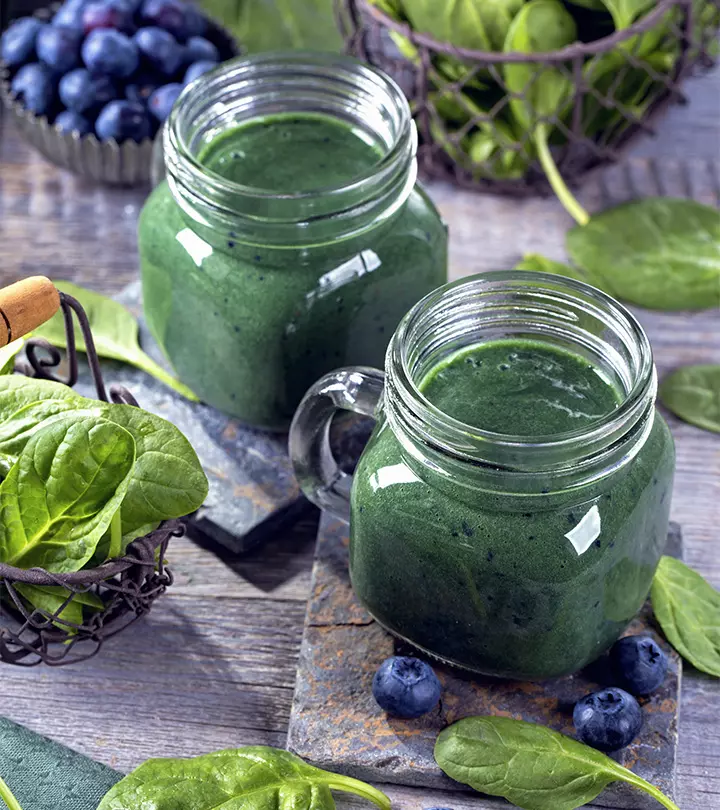

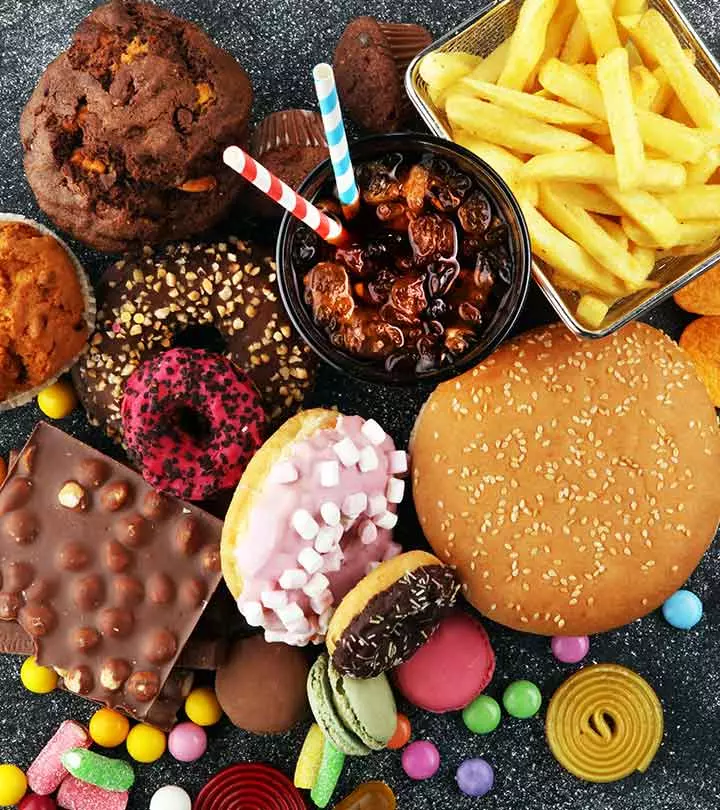

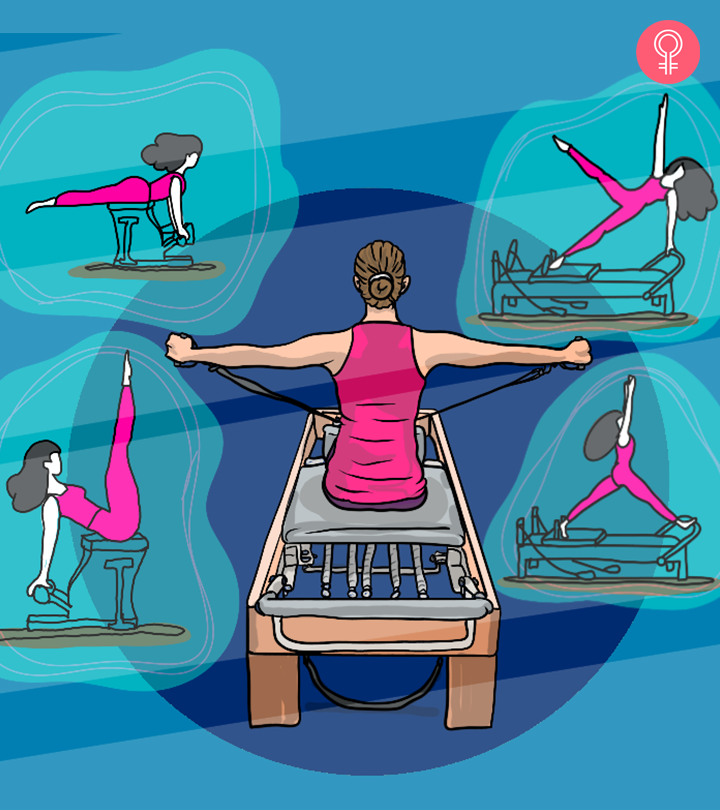




Community Experiences
Join the conversation and become a part of our empowering community! Share your stories, experiences, and insights to connect with other beauty, lifestyle, and health enthusiasts.